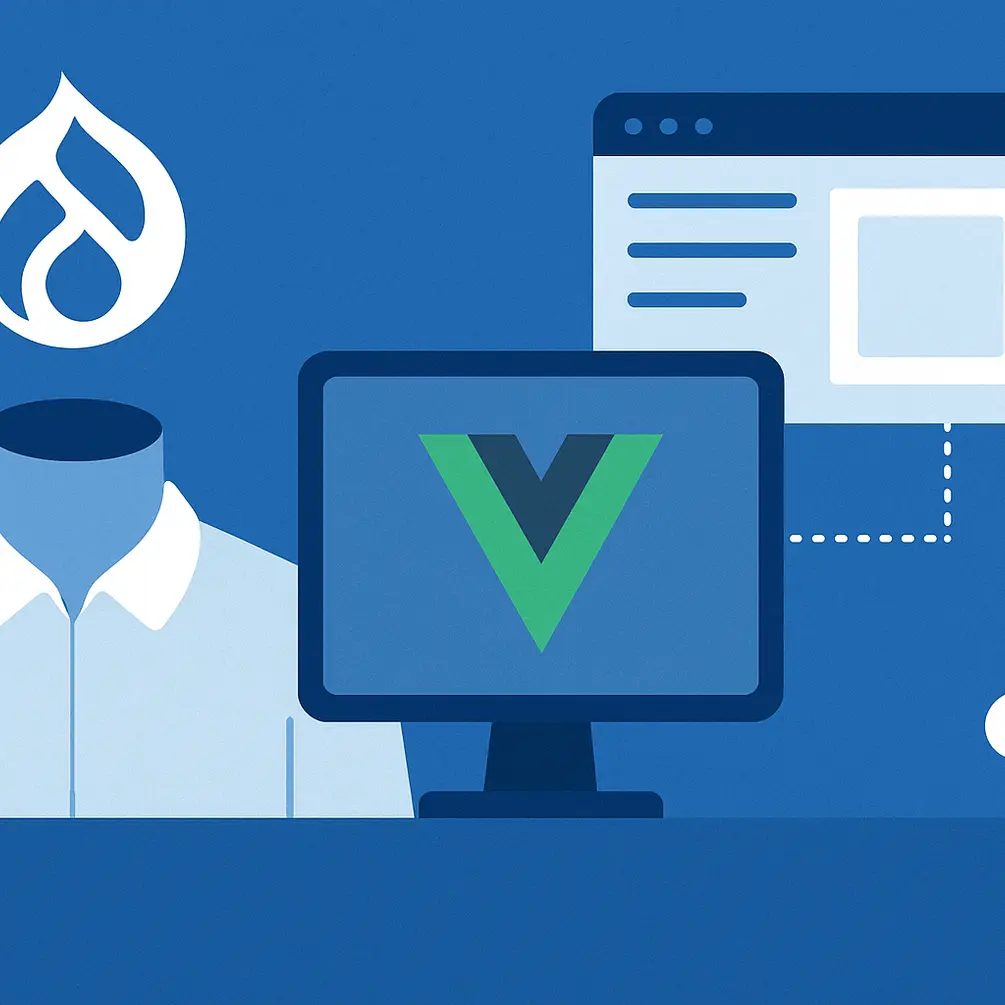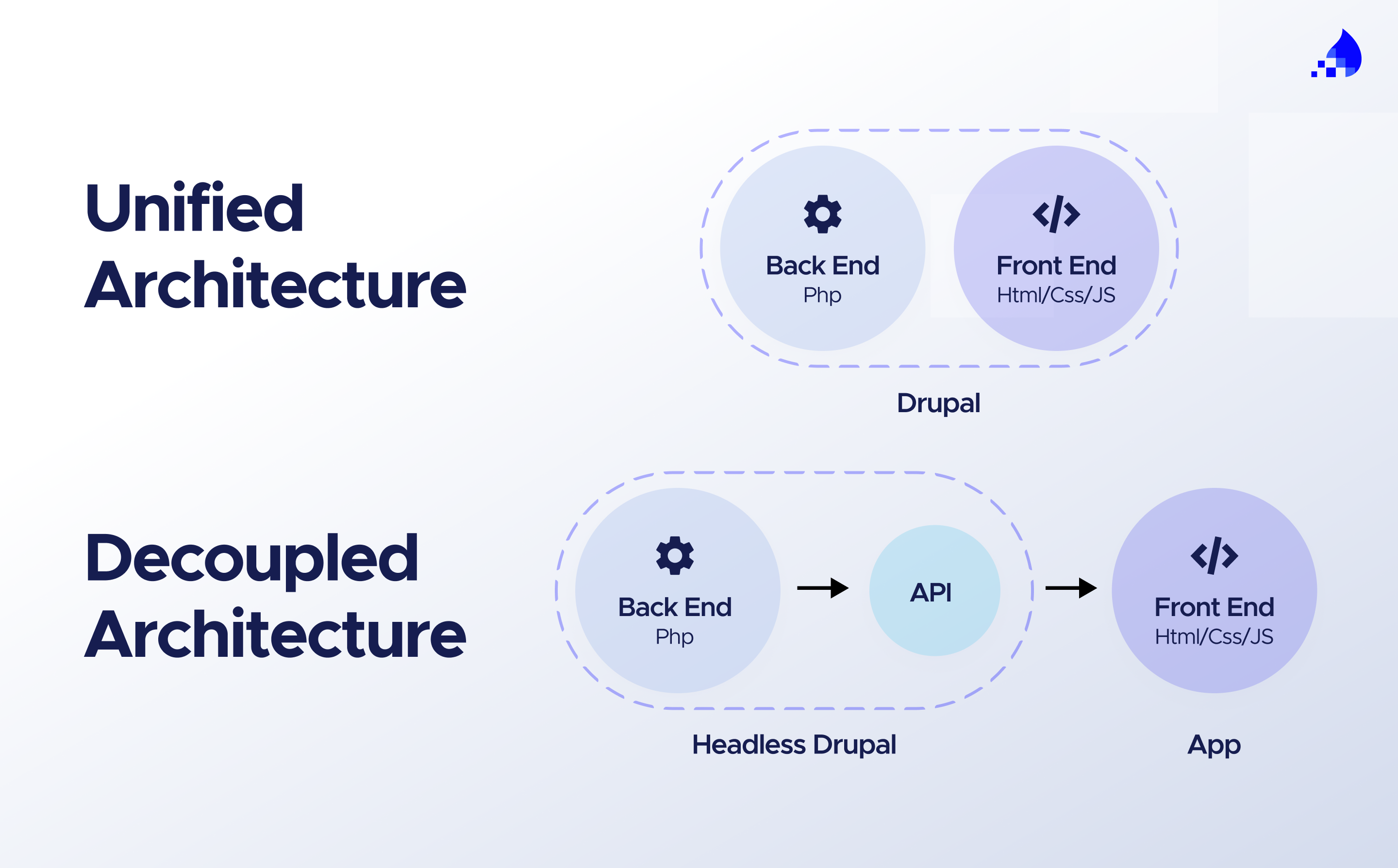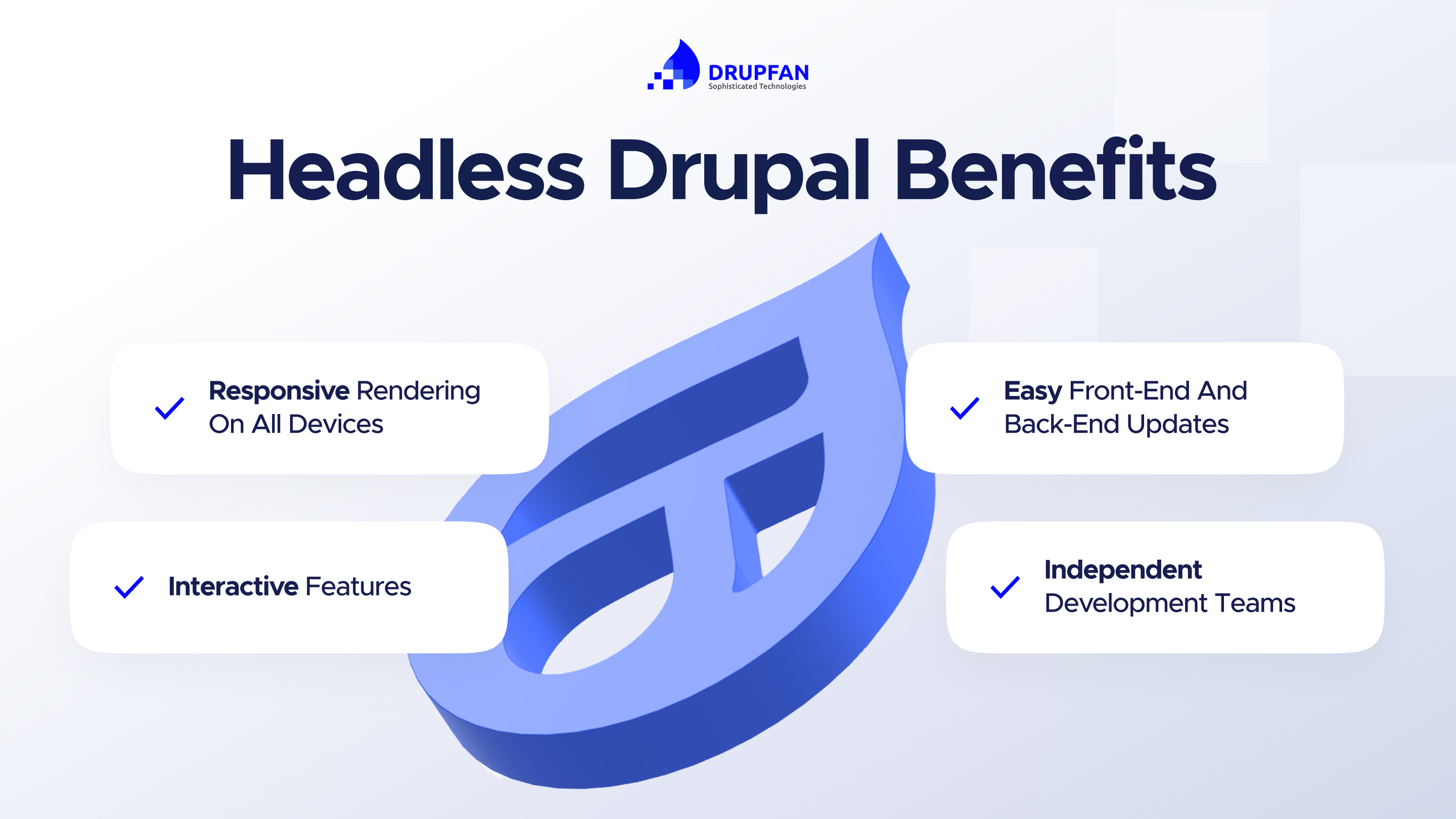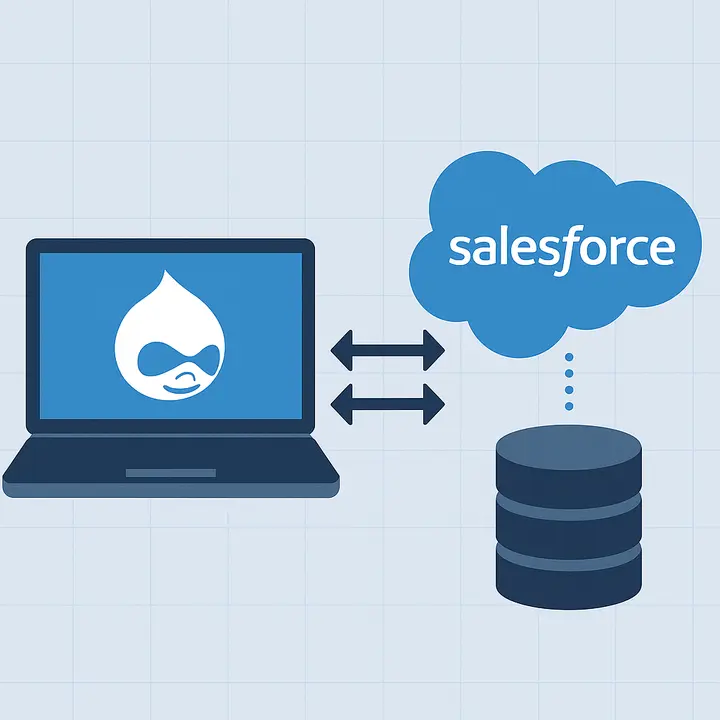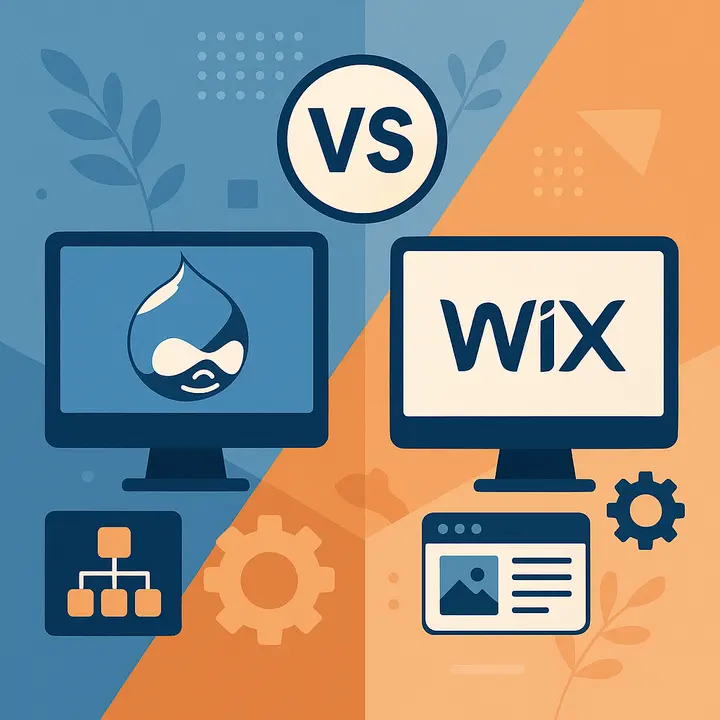Practical Checklist: How to Decide When to Use and a Headless CMS Setup
Deciding whether to adopt Drupal’s headless approach depends on your project goals, technical resources, and digital strategy. Drupal offers unmatched flexibility for enterprises, allowing developers to build custom frontend experiences while maintaining a robust content management system.
The following checklist helps businesses and developers determine if this CMS is the right choice.
Need Omnichannel Content?
If your organization wants to deliver content across various platforms, including web, mobile, and IoT, this CMS provides a single source of truth with centralized back-end content management system capabilities.
Require Full Front-End Flexibility with JS Frameworks?
Teams seeking full creative control with frameworks like React will benefit from a Drupal setup that separates front-end presentation from back-end operations, enabling developers to leverage the latest front-end technologies.
Limited Budget or Simple Site?
For small websites or projects with constrained resources, common Drupal may be sufficient, providing a content management system with lower setup complexity and faster deployment.
Need SEO Control, Preview, and UX Optimization?
Organizations prioritizing optimized user experience, preview capabilities, and greater flexibility benefit from a Drupal setup where content and metadata rendering is fully customizable on the front-end. This approach separates content from presentation, enabling faster, more scalable web development across multiple platforms.
Unlocking Flexibility with Modern Drupal Architecture
The headless Drupal architecture empowers organizations to separate content management from front-end presentation, enabling greater flexibility in digital projects. Headless Drupal provides developers with the freedom to create dynamic interfaces and interactive experiences without being constrained by traditional CMS limitations. This approach ensures content can be delivered seamlessly across all platforms, while the CMS allows teams to manage and update content centrally, maintaining consistency and control throughout the entire digital ecosystem.

